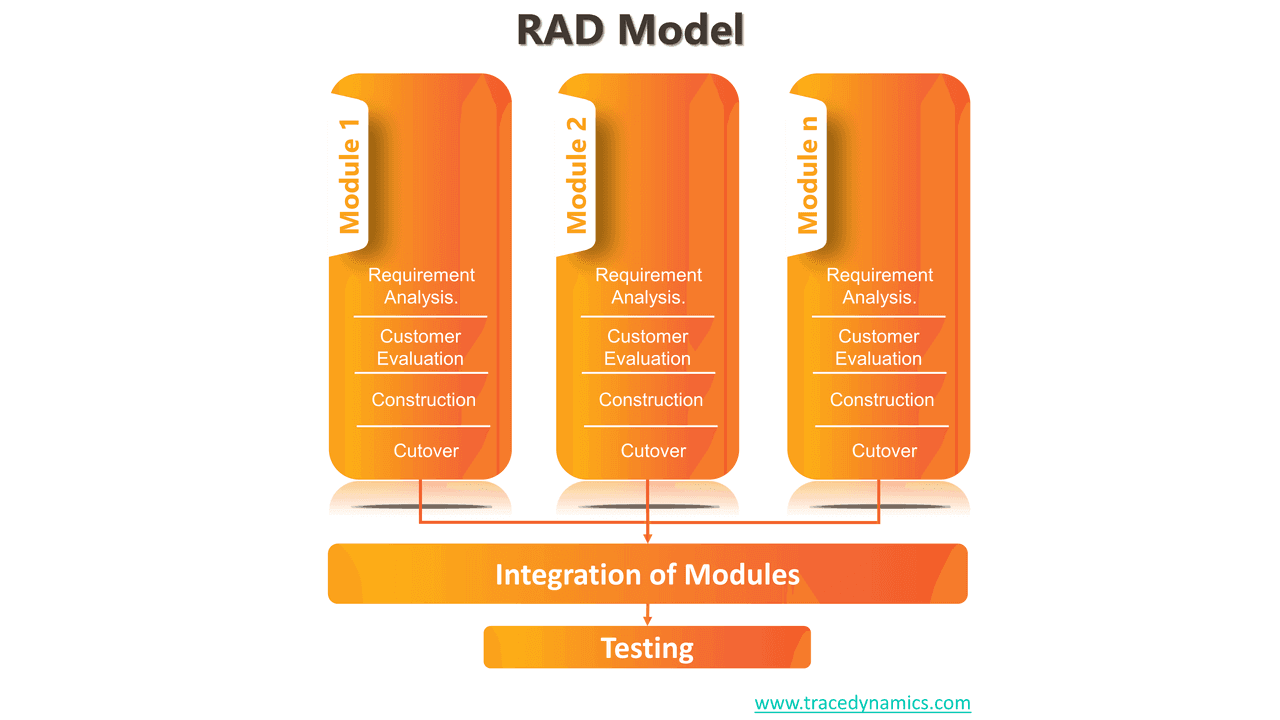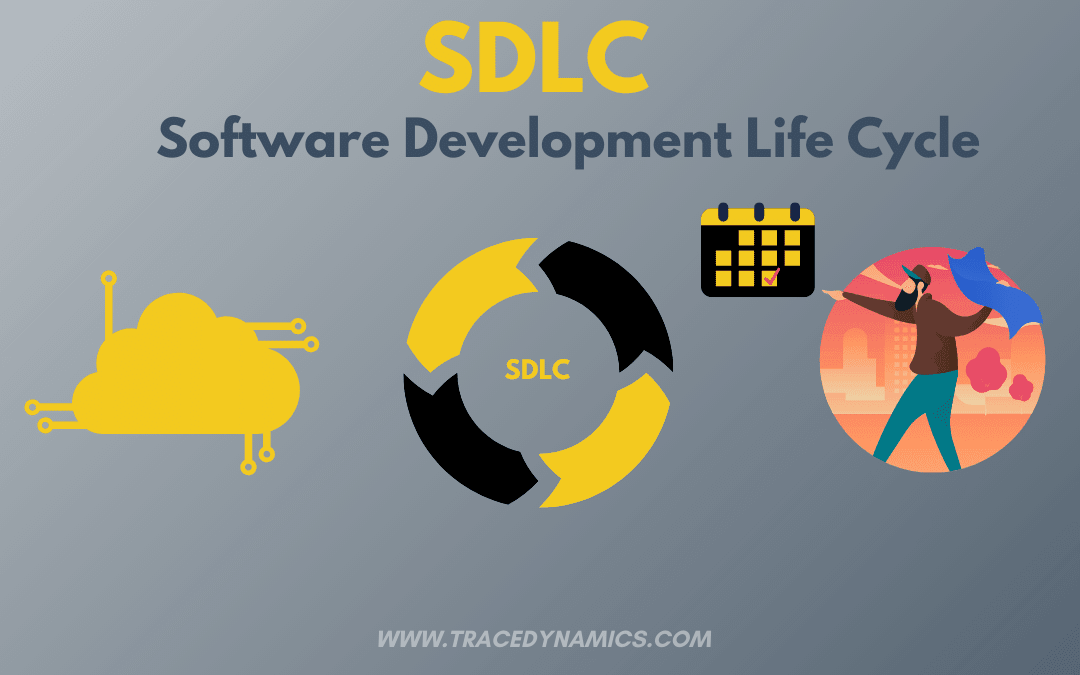SDLC RAD Model: sdlc
The RAD model for software development lifecycle is a short form of ‘Rapid Application Development.’ sdlc
This model mainly depends on prototyping and iterative improvement with no particular arrangement. sdlc
In the RAD model, the functions or the components built-in parallel as if they were small projects. sdlc
The developments are time-boxed, delivered, and after that, assembled into an operating prototype. sdlc
 |
| sdlc |
Those projects where prototypes are more useful than forethought usually use Rapid Application Development, or RAD. sdlc
This method consists of minimal planning and jumps right into development in order to utilize feedback. sdlc
It’s similar to the Spiral Model and Iterative Model in that it consists of repetitive corrections and changes in order to perfect the software, but differs in the fact that the issues are found within prototypes and less time is spent getting approvals and putting together a solid proposition. sdlc
Some projects need to be used in order to fully develop them. sdlc
RAD allows a presentation to the customer that can increase their opinion on the product in a favorable way, but does require being able to modularize the project and requires high skill levels. sdlc
Because this is essentially delivering multiple partial products, it will most likely be costlier making it a poor choice for low budget projects. sdlc
As there is no thorough preplanning involved in the entire process, it makes it simple to integrate the changes in the development phase. sdlc
This phase can rapidly give the client something to see and use and to deliver feedback about the delivery and the requirements. sdlc
It is a working model that is practically comparable to a part of the software. sdlc
This phase gives an idea about what the final product is going to look like once the software development phase completed. sdlc
SDLC RAD model has the following phases. sdlc
- Business Modeling. sdlc
- Data Modeling. sdlc
- Process Modeling. sdlc
- Application Generation. sdlc
- Testing and Turnover. sdlc
The main features of RAD model are that it focuses on the reuse of tools, templates, code and processes. sdlc
Applications using RAD Model. sdlc
Applications use RAD Models when
- System needs to produce in a short time period. sdlc
- User requirements are clear. sdlc
- There is less technical risk involved. sdlc
- The client and user will involve throughout the life cycle. sdlc
- There is a need to build a product that modularized in a time period of 2 to 3 months. sdlc
Why use it? sdlc




No comments:
Post a Comment